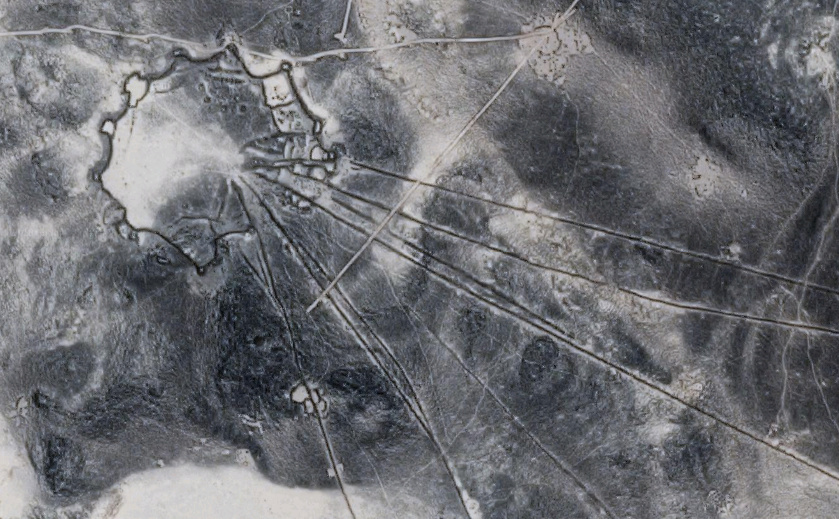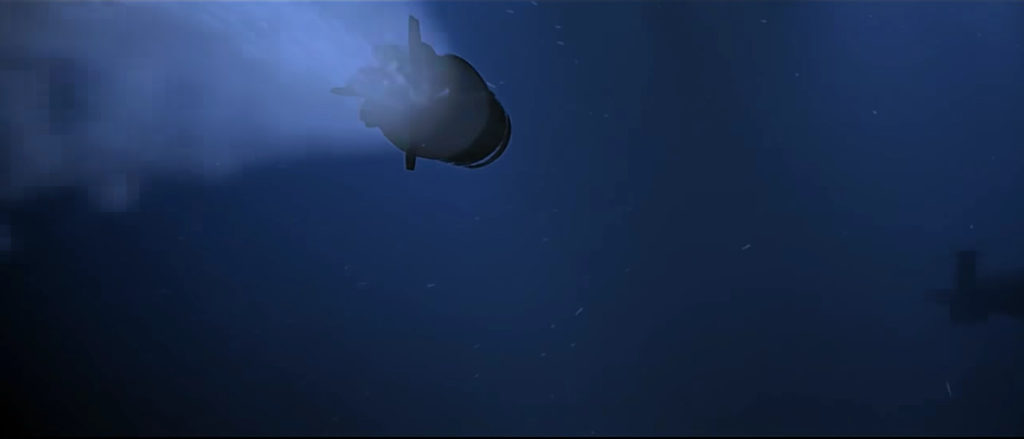Yesterday, I ragged on yes-seeking questions.
Today, I want to offer up an alternative — one of four I’ll be covering over the next few days. And to do that, let’s talk Good Will Hunting.
That’s the flick that put Matt Damon on the map in the role of Will Hunting, the supernaturally talented math genius from the slums of Boston who literally mops the floors at MIT.
The relevant scene for us is when Will is sitting opposite a shrink named Sean Maguire (played by Robin Williams).
Shrink Maguire is trying to draw Will out of his shell. “You can do anything,” the shrink seems to be saying, “so take advantage of your opportunities.”
Will gets defensive about this. He says how there’s nothing wrong with doing manual labor or with mopping floors — there’s even honor in it.
Shrink Maguire doesn’t argue with this. He doesn’t say, “Yeah, but…” He also doesn’t ask, “Isn’t there more honor in being a world-renowned scientist?”
Instead, he simply asks,
“You could be a janitor anywhere. Why did you choose to work in the most prestigious technical college in the whole fucking world?”
This causes Will to pause. And it slowly but surely sets off something in his head, which leads to the movie’s eventual happy ending.
So what happened?
Well, the point of asking that question was not to one-up Will’s smarts, or to trap him in a lie. At least not if you listen to master negotiation coach Jim Camp, whose playbook this question comes straight out of.
Camp advocated asking open-ended questions. The point of this was to “build vision” — to make the other side clearly see their own dire situation in their own minds.
It’s the only way to convince people of anything, Camp believed. And with his track record of successful billion-dollar negotiations in some of the most competitive business markets in the world, Camp probably knew what he was talking about.
Anyways, this idea of creating vision applies to in-person sales, and it applies to sales copywriting as well. Not necessarily in the form of asking open-ended questions. But creating a vision — such as by retelling a scene from a movie — is a very powerful way to drive home a point and to make the sale.
Speaking of which, if you need help with sales copy, you might like the ideas in my upcoming book on email marketing for the health space. This lays out the techniques I’ve used to triple (yep, 3x) sales from an email sales funnel for an 8-figure supplement company. To get notified when this book is out, sign up below:


